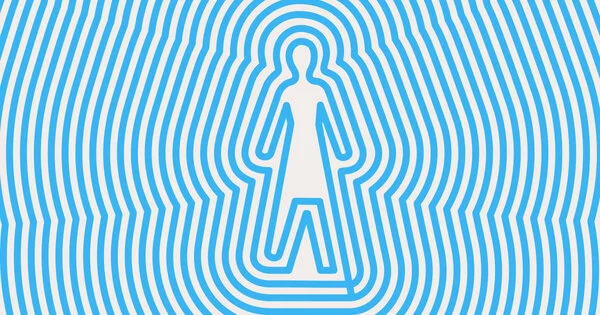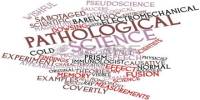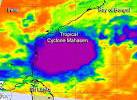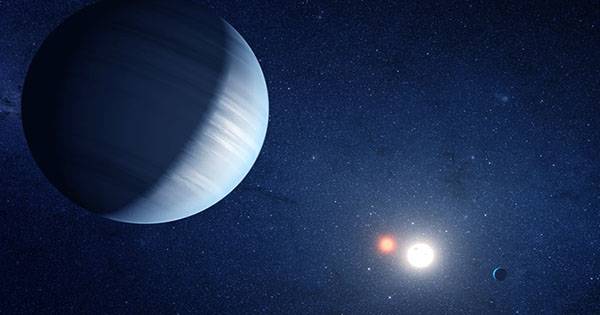Life extension is the art and science of extending one’s own life span. It thus encompasses all efforts to improve health and quality of life, to slow or “reprogram” the process of biological aging, to augment our natural self-repair and immune systems, to cybernetically “upgrade” the human body, and, in the distant future, to allow a human being to transcend natural biology.
Life extension refers to the concept of extending the human lifespan, either modestly through medical advancements or dramatically by increasing the maximum lifespan beyond the currently accepted limit of 125 years.
Several researchers in the field, as well as “life extensionists,” “immortalists,” or “longevists” (those who want to live longer lives), believe that future advances in tissue rejuvenation, stem cells, regenerative medicine, molecular repair, gene therapy, pharmaceuticals, and organ replacement will eventually allow humans to live indefinitely (agerasia) through complete rejuvenation to a healthy youthful condition. Bioethicists debate the ethical implications of life extension if it becomes a possibility.
The sale of ostensibly anti-aging products such as supplements and hormone replacement is a multibillion-dollar global industry. In the United States, for example, the industry that promotes the use of hormones as a treatment for consumers to slow or reverse the aging process generated approximately $50 billion in revenue in 2009. The use of such hormone products, however, has not been proven to be effective or safe.
Average and maximum lifespan
An organism accumulates damage to its macromolecules, cells, tissues, and organs as it ages. Aging is defined and thought to be caused by “genomic instability, telomere attrition, epigenetic alterations, proteostasis loss, deregulated nutrient sensing, mitochondrial dysfunction, cellular senescence, stem cell exhaustion, and altered intercellular communication.” Free radical oxidation damage to cellular contents is also thought to contribute to aging.
The longest documented human lifespan is 122 years and 164 days, as in the case of Jeanne Calment, who was born in 1875 and died in 1997, whereas the maximum lifespan of a wildtype mouse, which is commonly used as a model in aging research, is about three years. Differences in the efficiency of DNA repair, antioxidant defenses, energy metabolism, proteostasis maintenance, and recycling mechanisms such as autophagy may account for the differences in aging rates between humans and mice.
Infant and child mortality, which is frequently linked to infectious diseases or nutrition problems, reduces the average lifespan of a population. Later in life, vulnerability to accidents and age-related chronic diseases such as cancer or cardiovascular disease play an increasing role in mortality. Access to improved medical care, vaccinations, a healthy diet, exercise, and avoidance of risks such as smoking can often result in an increase in expected lifespan.
The maximum lifespan of a species is determined by the rate of aging inherent in its genes as well as environmental factors. Caloric restriction, gene manipulation, and pharmaceutical administration are all well-known methods of extending maximum lifespan in model organisms like nematodes, fruit flies, and mice. Another technique uses evolutionary pressures such as breeding from only older members or altering levels of extrinsic mortality. Some animals such as hydra, planarian flatworms, and certain sponges, corals, and jellyfish do not die of old age and exhibit potential immortality.
















